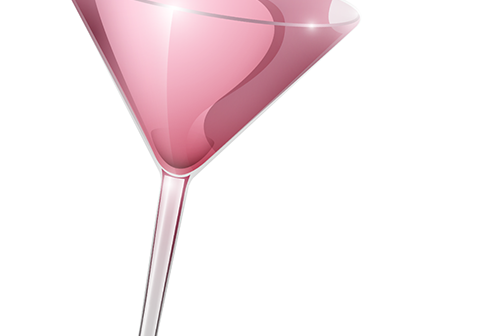
The Case
A 43-year-old woman arrives at the emergency department complaining of epigastric pain after eating a large lunch. She has presented to the emergency department a few times before for a similar presentation and been diagnosed with gastroesophageal reflux disease (GERD). She is usually given a “GI cocktail” to treat her symptoms while the workup is being completed. She says it works but tastes awful and asks if there is anything else she could try this time.
Explore This Issue
ACEP Now: Vol 39 – No 11 – November 2020Clinical Question
Is antacid plus lidocaine better than antacid alone in treating patients presenting to the emergency department with epigastric pain?
Background
Antacid, either alone or combined with other medications, is routinely given to ED patients suffering with epigastric pain. Such medications include viscous lidocaine, an antihistamine, a proton pump inhibitor, or an anticholinergic.1,2 In the United States, the combination treatment has been referred to as a “GI cocktail,” while in Canada and Australia it is commonly called a “pink lady.”
A previous randomized control trial (RCT) compared 30 mL of antacid with or without 15 mL of viscous lidocaine. It found that the addition of lidocaine significantly increased pain relief and decreased patient pain scores compared to antacid alone.3
Another RCT compared antacid plus either viscous lidocaine or a benzocaine solution. The result from this trial found no statistical difference between the two interventions. It should be noted that there was no antacid monotherapy group in this second trial.4
A third RCT compared 30 mL of antacid monotherapy, antacid with 10 mL of an anticholinergic, and antacid with anticholinergic and 10 mL of 2% viscous lidocaine. This trial demonstrated that all three treatments had clinical efficacy, with no statistical difference in pain relief between the different treatment groups. The authors’ conclusion was to recommend antacid monotherapy in these patients.5
Reference: Warren J, Cooper B, Jermakoff A, et al. Antacid monotherapy is more effective in relieving epigastric pain than in combination with lidocaine: a randomized double-blind clinical trial [published online ahead of print June 29, 2020]. Acad Emerg Med.
- Population: Adult patients 18 years and older with epigastric pain or dyspepsia presenting to the emergency department.
- Intervention: Viscous group received 10 mL oral lidocaine 2% viscous gel plus 10 mL antacid.
- Comparison:
- Solution group received 10 mL lidocaine 2% solution plus 10 mL antacid.
- Antacid group received 20 mL antacid monotherapy.
- Outcome:
- Primary Outcome: Change in pain scores on 100 mm visual analog scale (VAS) at 30 minutes.
- Secondary Outcomes: Medication palatability (ie, taste, bitterness, texture, and overall acceptability) using a VAS, change in pain score 60 minutes post administration, and adverse events.
Authors’ Conclusions
“A 20 mL dose of antacid alone is no different in analgesic efficacy than a 20 mL mixture of antacid and lidocaine (viscous or solution). Antacid monotherapy was more palatable and acceptable to patients. A change in practice is therefore recommended to cease adding lidocaine to antacid for management of dyspepsia and epigastric pain in the ED.”
Pages: 1 2 3 | Single Page





No Responses to “Do Antacid Monotherapy or GI Cocktails Work Better for Epigastric Pain?”